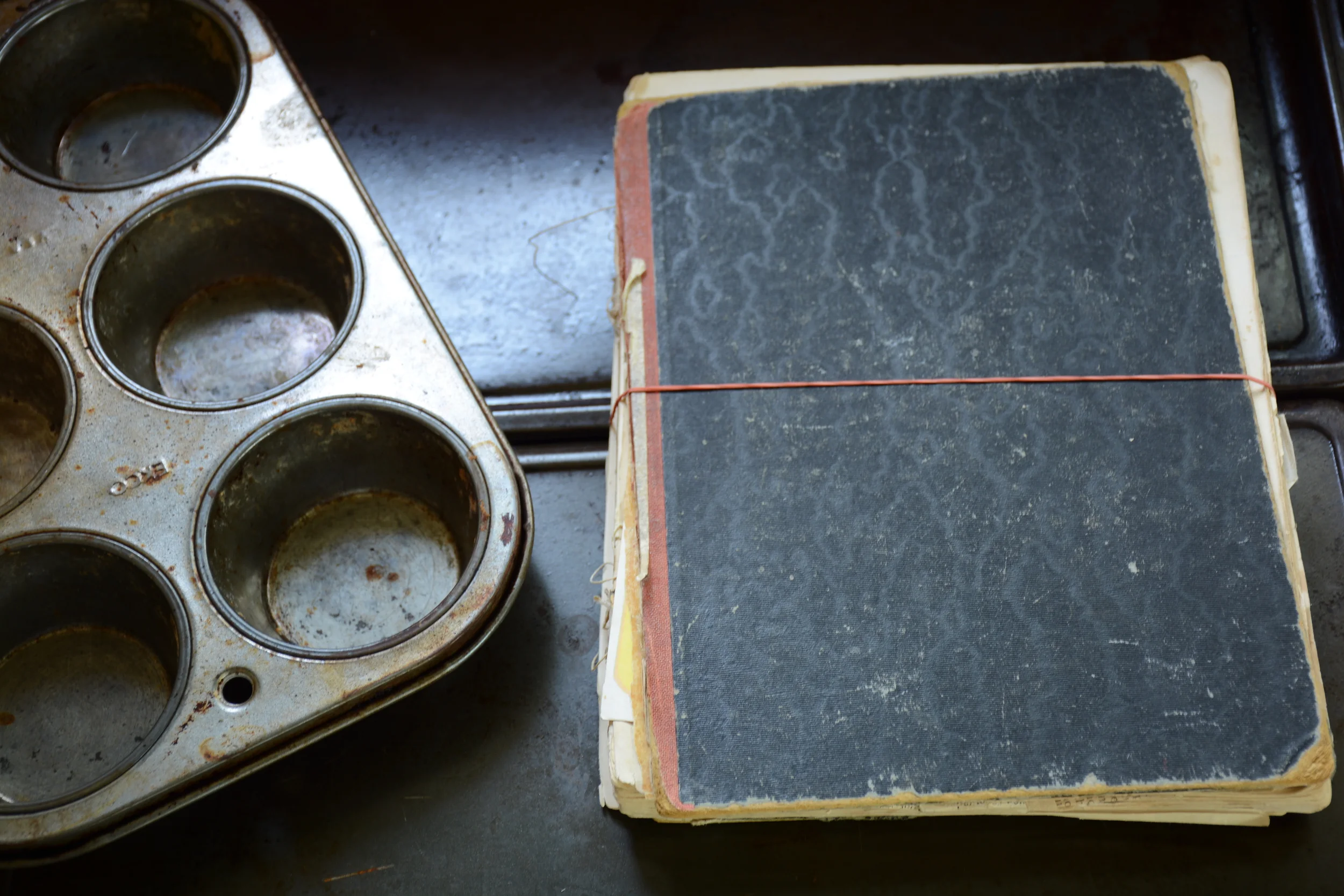Try our perfectly Pickled Silverskin Onions
/
Our pickled silverskin onions come in two varieties; the white brine version, which uses a recipe passed down from my aunt and the malt vinegar version which was a recipe passed down from my husband’s British grandmother (in the UK, they are often eaten alongside fish and chips).
Our delicious pickled onions will be available at the Royal Agricultural Winter Fair individually or in a pickle lovers gift pack perfect for the holidays.
The Process
Our pickled onions use Ontario grown silverskin onions. What’s more impressive is that we hand peel around 300 pounds of these onions – equivalent to approximately 22,000 onions! These little onions then spent seven glorious days in a salt-water brine, getting rinsed daily. So, when they arrive on your plate they are the perfect combination of crunchy on the inside and tender on the outside.
What makes our onions so special is that we only make them once a year, in August and September, as this is when silverskin onions are in season. Once they are sold out, they’re gone until the next growing session – so make sure to grab them at the Royal Winter Fair!
Why you’ll love them
Our pickled silverskin onions taste amazing in sandwiches and wraps, on a burger or with sausages. They also make a great addition to potato salad. I would even throw them in any salad for an added crunch.
Interested in our products? Shop our selection.
Want to grow your food business? Manning Canning Kitchens can help.
Written by Farhana Choudhry, Intern





















